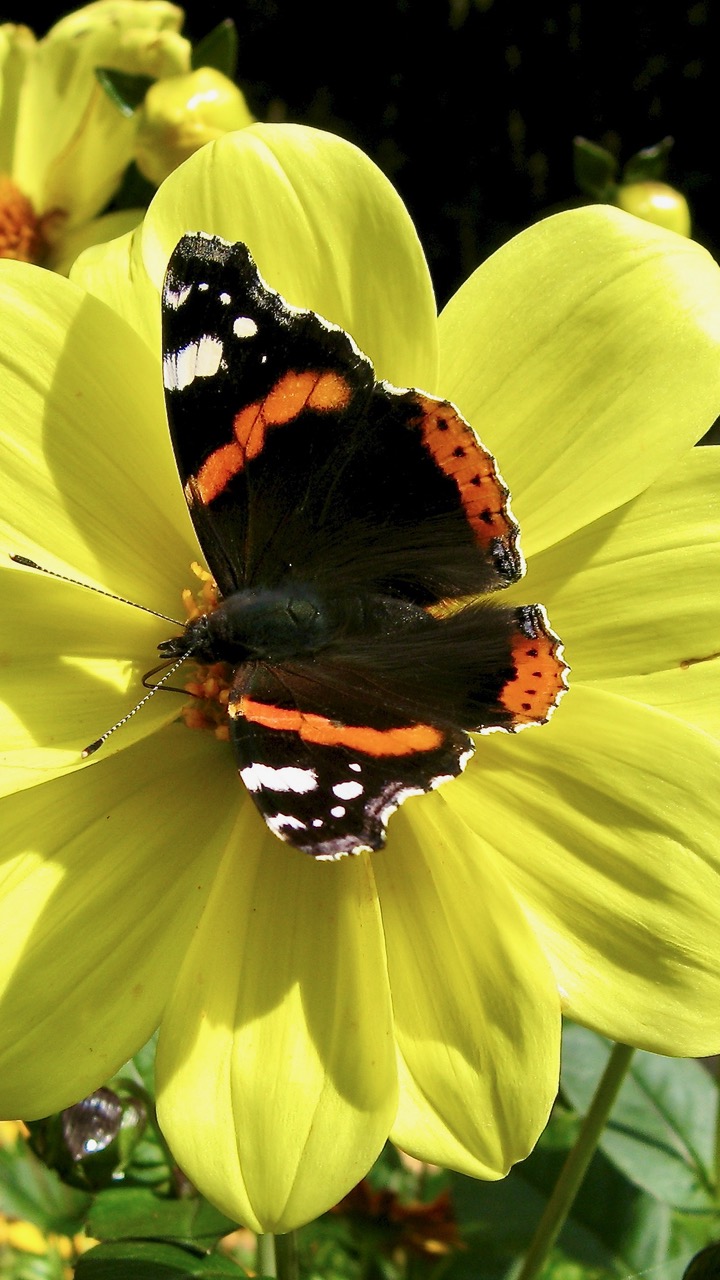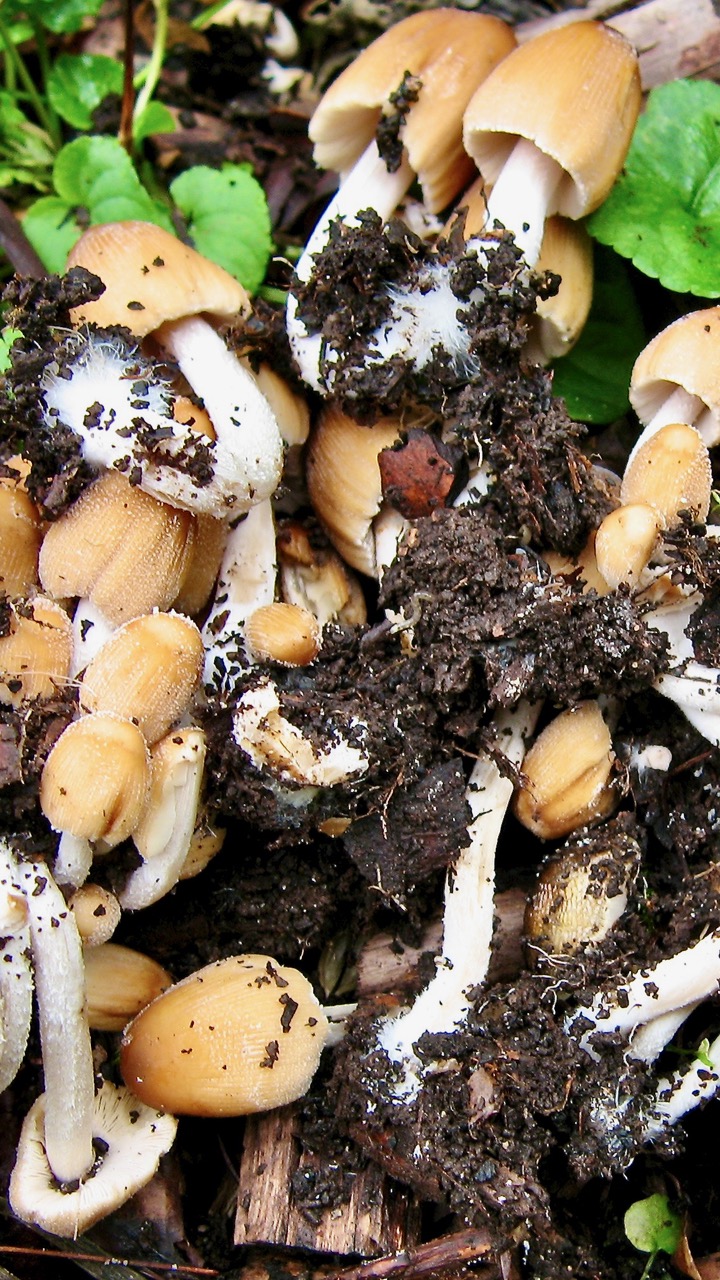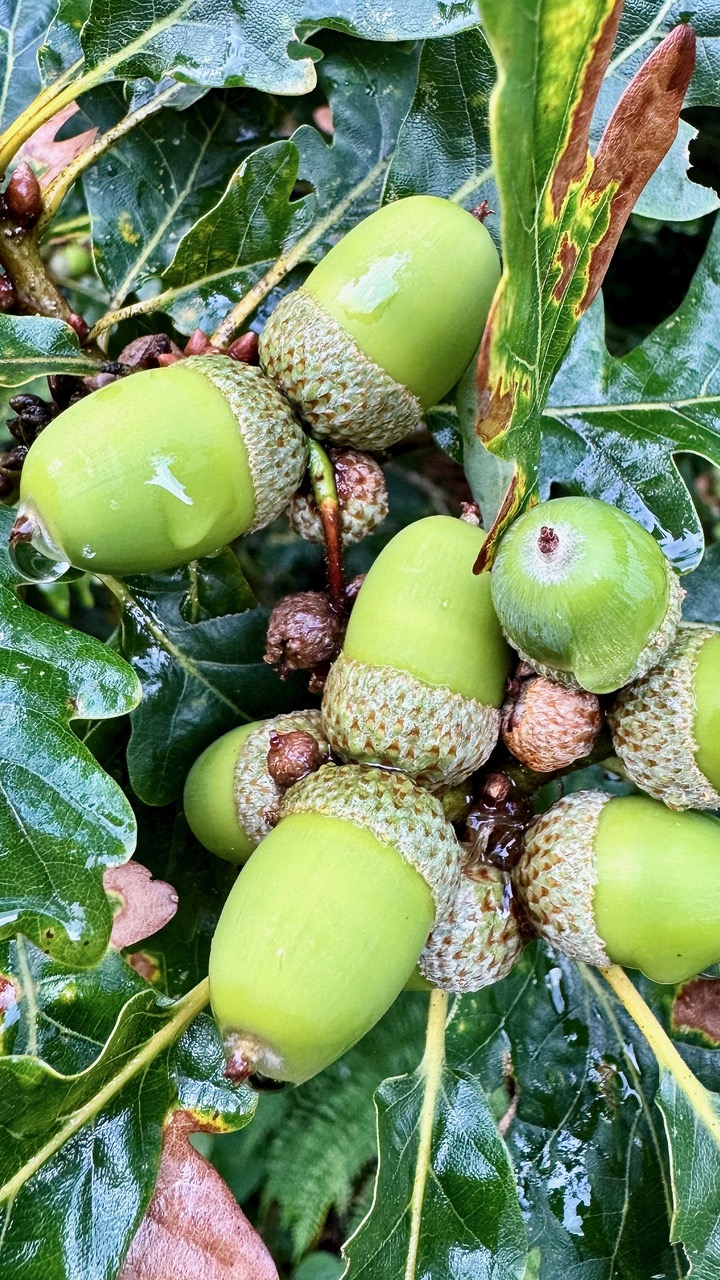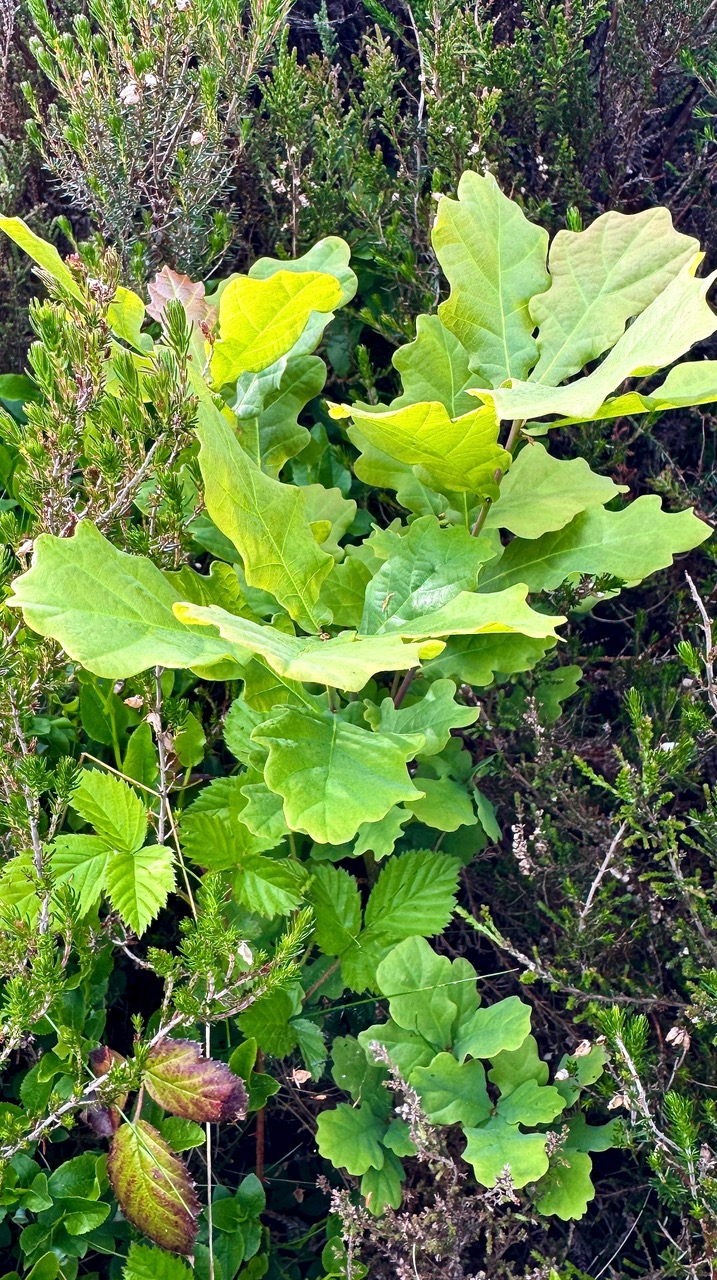Close your eyes and imagine: earth-friendly gardens are part of an interconnecting web of life stretching far beyond their bounds.
If there’s one thing we gardeners excel at, it’s this: life. Sowing it, growing it, giving it, enriching and encouraging it, living alongside and being part of it – life is what we’re about. Being in my garden at this bountiful time of year is when it hits me – always as if for the first time – just how much life we bring into the world. It reminds me that I’m a tiny part of a collective and increasingly essential support act that hard-pressed nature relies on, to ensure its show goes on.

Whether it’s red admirals gliding between dahlia blooms, slow worms slinking through the grass, or airborne columns of flying ants ascending to the beaks of hungry swallows, our gardens are where so much wild life is at.
Creating an earth- and climate-friendly garden, sandwiched between woodland and a marshy, sheep-grazed field, has meant that life here, in all its forms, beats that little bit stronger. And why wouldn’t it? The once bracken-covered bank that’s now a terraced garden is way richer, more alive and diverse than before (I mean no disrespect to brilliant bracken, which I mulch with and turn into compost, both of which help build and enhance life). In the height of summer, the air thick with insects, when even a hummingbird hawk moth drops by unexpectedly to refuel on Inula magnifica, my patch feels like a pulsing, living beacon.
To picture just how much life my garden gives to our world, I close my eyes (I do this a lot when no one’s looking; try it for yourself) and imagine the multiple, varied strands of life that are anchored here. I’ve coined these ‘life lines’; unseen routes along which life ebbs, flows, travels, connects, comes and goes.

There are no hard and fast rules governing how they work. For a start, they’re invisible; they can be short, or so long you can’t see their ends; and can appear fleetingly, or be ever-present. Some reach no further than my greenhouse door, while others stretch out across my garden and far, far beyond. They can endure for days, decades, perhaps indefinitely. They sometimes cross over, wrap around each other, merge and meld, split into other lines, and become intertwined – just as the elements of a dynamic, healthy and joined-up garden work together in harmony. Some thread in from my past gardening endeavours, others into future plans for my living, pulsing patch.
Eyelids down, I hear the buzz of insects on my ‘Bishop’s Children’ dahlias. Their life line starts at my fingertips, when I sow them. From there they get potted up, grown on, pampered and then planted out in the dahlia border, so the line to that point is no more than about 20 paces – but then it splits, gets longer and merges with other lines. When a bumblebee alights to forage on a bloom, its own zigzagging, flower-to-flower life line joins up with that of the dahlia, which then threads back to wherever the bumble is nesting.
Red admirals that alighted here during summer to refuel also join the dahlias’ line, which then weaves off along the track, to clumps of stinging nettles where eggs were laid, caterpillars feasted, and adult butterflies take to the wing. Their life line then leads back to fresh flowers on the same plants; they’re now building up reserves ready for winter stasis. Each and every insect which visits a flower on a plant that I grew and planted out is eventually connected, right back down the original line, to my own fingertips. I kind of love that idea, but the envisaging only works with eyes gently shut. Go on…

My gardening lines head underground, too, where life, much of it unseeable, is just as busy making connections. The lines which start at my compost heaps, bins and leaf mould cages eventually dive into the soil of my no-dig beds. Here they join forces with the miniscule lines of tiny organisms that devour organic matter, the weaving lines of tunnelling earthworms, and the searching roots – lines of life epitomised – of dahlias and other plants.
These compost lines also get intimate with those of fungi, whose own lines, in the form of mycorrhizae, get up close with plant roots, including those of the sessile oak trees on my garden’s boundary. This is quite some line of life. It began when I took some kitchen scraps out to the compost bin, then hauled the resulting compost to my beds, where it connected with the oak’s own far-reaching root lines. They may not have drawn a huge amount of nourishment from my compost-making efforts, but I’d like to think that I did my bit down the line to fatten some acorns in this mighty mast year. From kitchen sink, via compost bin, to towering, acorn-heavy oak – that’s quite some journey along living, interconnecting lines.

My fingertips will soon collect some of those heavy acorns, to start new life lines, which will stretch ahead for decades (don’t open your eyes just yet). I’ll sow, grow on and eventually plant out the resulting treelings – rocket fuel for citizen rewilders – on the sheep-besieged, tree-denuded local hills, where Celtic rainforest once held sway. Picture it: a line stretching from here in my garden for several miles, then plunging into the earth, where it will make new connections, braided into life’s endless web.
Decades from now, in mast years to come, each falling acorn will still be connected, through time, via the life line to where its parent tree germinated, here in my garden. Now that’s worth pondering.
Our gardens brim with life that’s eager to flow out into our world along a multitude of unseen lines. To see how many are heading out from your patch, you know what to do: just close your eyes.
Text and images © John Walker
Join John on X @earthFgardener


